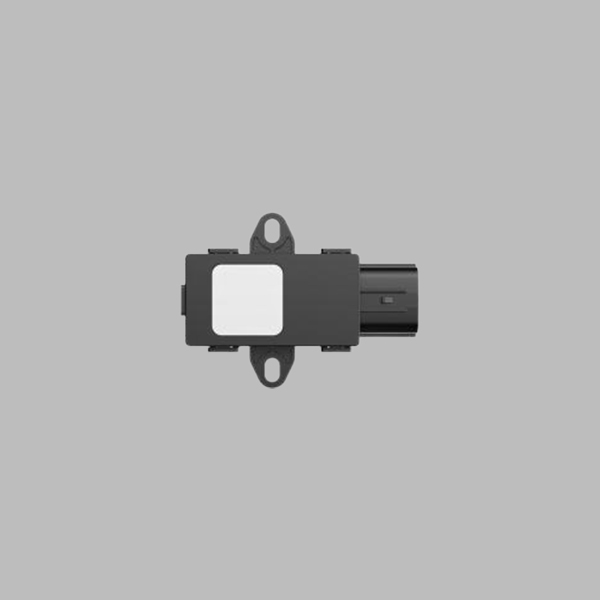

 News
News Industry News
Industry NewsIn the cold chain freezers of large supermarkets, the precision air conditioners of data centers, and the air conditioning systems of electric vehicles... refrigerants maintain the lifeline of the "cold environment" like blood. However, a small but deadly threat always exists - **leakage**. It is silent, but it may bring:
Environmental disaster: the escape of potent greenhouse gases, aggravating global warming, and violating increasingly stringent environmental regulations (such as F-Gas);
Economic losses: refrigeration efficiency plummets, energy consumption soars, expensive refrigerant replenishment costs, and equipment downtime losses;
Safety risks: accumulation of certain flammable refrigerants, there is a risk of explosion; high concentrations of gas in confined spaces may endanger personnel health.
How to capture this invisible threat accurately and in real time? With its excellent scientific and technological core, our Tensensor's infrared refrigerant sensor (GRT 510) has become the ultimate guardian of the safe, efficient, and environmentally friendly operation of the refrigeration system!

GRT510 Refrigerant detection module
Why choose infrared technology? Unparalleled advantages
High precision and high selectivity: It has a strong ability to identify the "fingerprint" of specific refrigerants, is almost not interfered by other common gases (such as water vapor, CO2 background gas, etc.), and has a very low false alarm rate.
Long life and high stability: The optical principle has no chemical consumption, the core components have a long life, stable performance, and significantly reduce the subsequent maintenance costs.
Fast response: The optical response speed of milliseconds can sound an alarm within the **golden time** when the leak occurs.
Wide range measurement: It can detect trace leaks of extremely low concentrations (ppm level) and can also cope with sudden leaks of higher concentrations.
Simple maintenance: Usually only regular calibration (long cycle) is required, and there is no need to frequently replace core components
A stage to show off their skills: key application scenarios of infrared refrigerant sensors
1. Large-scale commercial refrigeration and cold chain logistics:
Pain point: Supermarket freezers, cold storage, and refrigerated truck systems are large and complex, with numerous pipeline valves, and small leaks are difficult to detect, resulting in a surge in energy consumption, inventory risks, and high refrigerant replenishment fees.
Solution: Deploy infrared sensors at key points (compressor room, unit, valve group, cold storage) to monitor refrigerant concentration in real time. Once a leak is detected, an audible and visual alarm is immediately triggered and the management personnel are notified to accurately locate the leak, guide rapid repairs, ensure food safety, reduce economic losses, and avoid environmental fines.
2. Precision air conditioning in data centers:
Pain point: Refrigeration failure means server overheating and downtime, with losses of millions. Traditional detection methods are slow or inaccurate.
Solution: Install sensors in air conditioning units, air return vents in computer rooms, or under raised floors. Respond to leaks in seconds, trigger standby refrigeration startup or alarms, gain time for repairs, and protect core business without interruption.
3. Electric vehicle air conditioning system:
Pain point: In a small space, the leakage of flammable refrigerants (such as R1234yf) poses a risk of explosion; environmental regulations require strict monitoring.
Solution: Integrate high-sensitivity infrared sensors in key areas such as above the battery pack and the air conditioning compressor compartment. Once an abnormal concentration is detected, the relevant circuit is immediately cut off, ventilation is started, and the driver is alerted, providing dual protection for driving safety and environmental compliance.
4. Industrial refrigeration and heat pump systems:
Pain point: Large industrial refrigeration/heat pump equipment is of high value and has a long operating time. Leakage leads to reduced efficiency and huge refrigerant loss costs.
Solution: Install sensors near core components such as compressors, condensers, evaporators, and liquid storage tanks for real-time online monitoring, predictive maintenance, optimization of system energy efficiency, and maximization of equipment investment return.
5. Laboratory and medical equipment:
Pain point: Precision instruments (such as MRI, CT, and ultra-low temperature refrigerators) rely on stable refrigeration, and leakage affects experimental results or equipment operation.
Solution: Deploy sensors inside the equipment or in the surrounding environment to ensure the stability of critical experimental environments and protect the safety of high-value samples and equipment.
Choose our infrared refrigerant sensor, you will get:
Industry-leading accuracy and reliability: Based on core NDIR technology, the performance is at the international leading level.
Wide range of refrigerant compatibility: Supports the detection of most common refrigerants on the market (HFCs, HFOs, CO2, NH3, etc.).
Rugged design: Adapt to various industrial environments and operate stably for a long time.
Flexible integration solution: Provides a variety of signal outputs (RS485, UART or PWM, etc.), easy to connect to your system.
Professional technical support and service: From selection, installation to maintenance, we escort you throughout the process.
Contact us now to get exclusive refrigerant leak monitoring solutions and use the power of technology to build a solid and intelligent safety barrier for your refrigeration system:
ShanXi TengXing Sensor Technology Co.,Ltd
Web: www.tensensor.com
Email: [email protected]